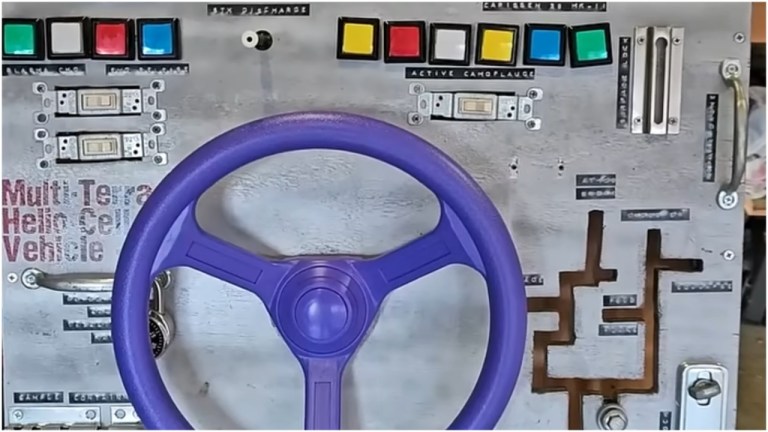An Immersive 360° NASA Simulation Showing a Flight Around a Supermassive Black Hole
Scientists at the NASA Goddard Space Flight Center used the Discover supercomputer at the NASA Center for Climate Simulation to create an impressively immersive 360° simulation that reveals what a flight around a supermassive black hole might look like, with a camera standing in for a human astronaut.
A flat, swirling cloud of hot, glowing gas called an accretion disk surrounds the black hole and serves as a visual reference during the fall. So do glowing structures called photon rings, which form closer to the black hole from light that has orbited it one or more times. A backdrop of the starry sky as seen from Earth completes the scene.
The Simulated Black Hole Was Very Specific
The destination is a supermassive black hole with 4.3 million times the mass of our Sun, equivalent to the monster located at the center of our Milky Way galaxy. To simplify the complex calculations, the black hole is not rotating.
The Simulation Also Used a Great Deal of Power
The project generated about 10 terabytes of data — equivalent to roughly half of the estimated text content in the Library of Congress — and took about 5 days running on just 0.3% of Discover’s 129,000 processors. The same feat would take more than a decade on a typical laptop.
The Flight Explained
A 360° Simulation About Plunging Into the Black Hole
Ever wonder what happens when you fall into a black hole? Now, thanks to a new, immersive visualization produced on a NASA supercomputer, viewers can plunge into the event horizon, a black hole’s point of no return.






